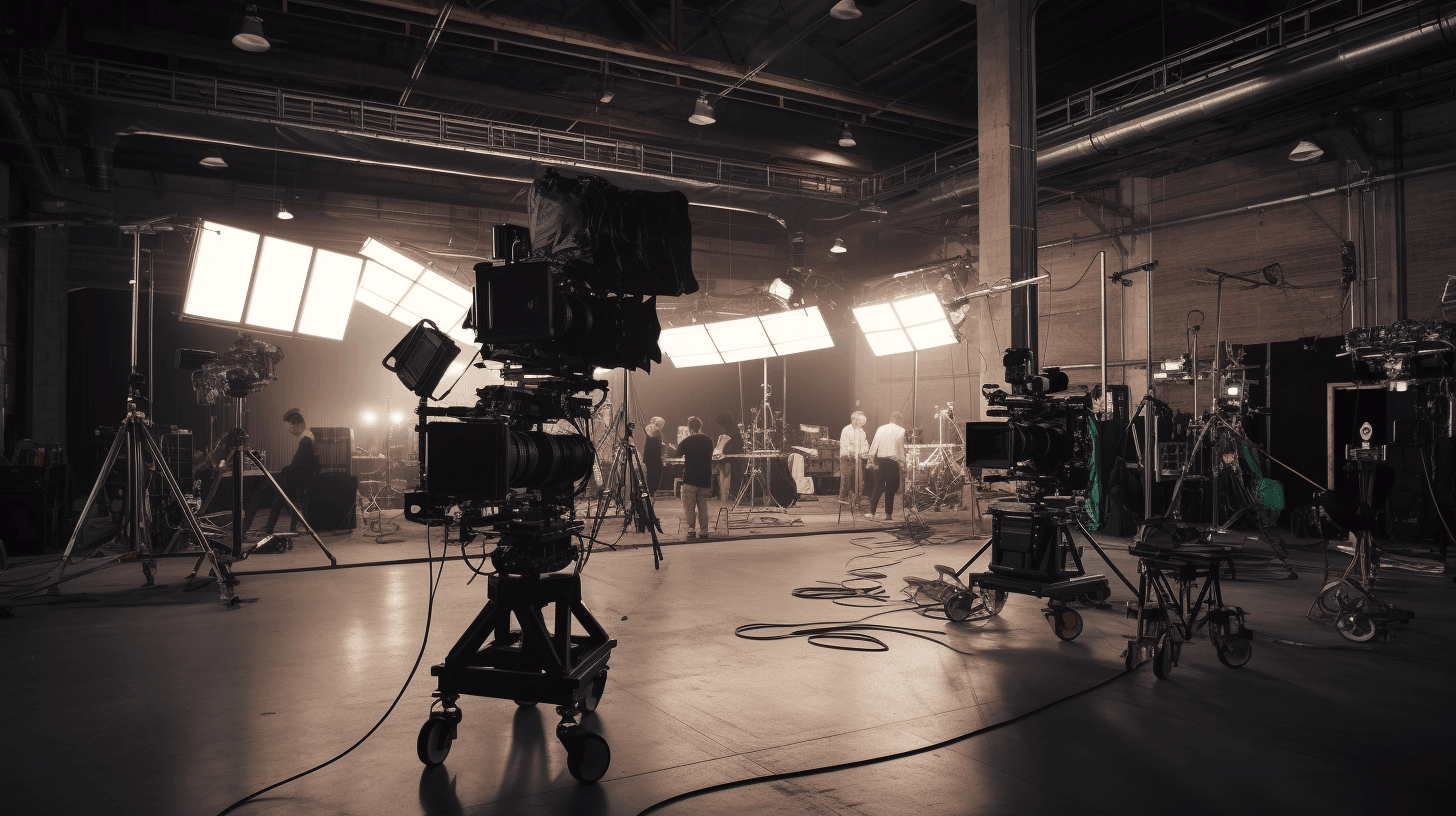Unraveling the Typical Expenditures Involved in Creating a Film
Wondering about the average cost of movie production? The financial aspects associated with making films can differ significantly, depending on factors such as genre, location, cast, and crew.


In this article, we will delve into the standard expenses involved in creating a film and examine the various components that contribute to film budgets.
A Peek into Film Production Expenses
The average cost of producing a film can range from a few thousand dollars for low-budget independent films to hundreds of millions for high-budget Hollywood blockbusters. The standard film budget hinges on elements like the screenplay, cast, crew, location, visual effects, and marketing initiatives.
Breaking Down the Standard Film Budget
Film production expenses are usually divided into two main categories: pre-production and post-production. Pre-production costs encompass script development, casting, and location scouting, while post-production costs involve filming, editing, and visual effects. Let's examine each category more closely.
- Pre-production: During the pre-production phase, filmmakers focus on developing a robust script, assembling the perfect cast, and finding appropriate locations. The standard film expense at this stage depends on the complexity of the screenplay and the talent involved. Leveraging a platform like Filmustage can help optimize the pre-production process and reduce costs. The larger the project, the more you can save at the pre-production stage using new AI-driven technologies.
- Production: Also known as principal photography, is the phase where the actual filming of the movie takes place. This stage typically accounts for a significant portion of the overall film budget, often ranging from 30% to 60% of the total cost. The production stage involves expenses related to hiring cast and crew, securing locations, building sets, renting equipment, and other logistical aspects of filmmaking. In comparison to other stages of movie production, such as pre-production and post-production, the production stage usually incurs the highest costs. This is due to the numerous resources, personnel, and time required to bring the film's vision to life on screen. However, it is important to note that the exact cost distribution among the various stages of production may vary depending on the project's scope, scale, and complexity.
- Post-production: This stage is one of the most expensive parts of film creation, as it includes special effects and post-production work like editing, sound design, or color grading. The expenses involved in creating films during this phase are influenced by the film's scale and the special effects required.
- Promotion: Promotional efforts are another critical aspect of film budgets. Advertising and publicity can sometimes match the cost of the film itself. The standard film budget for promotion relies on the target audience and the intended reach.
From Breakdown to Budget in Clicks
Save time, cut costs, and let Filmustage’s AI handle the heavy lifting — all in a single day.
Hollywood Expenditures: A Contrast
Hollywood films are famous for their colossal budgets. The cost of creating a movie in Hollywood is significantly higher than that of independent films, as they often involve top-notch actors, elaborate sets, and extensive special effects.
Film Expenditures: Mainstream vs. Independent
The average film budget for independent movies is considerably lower than that of mainstream Hollywood productions. Independent filmmakers typically need to be more inventive and resourceful to make the most of their limited budgets.
The average cost of making a movie can vary significantly depending on numerous factors such as genre, location, cast, and crew. To illustrate this point, we will compare the budgets of two vastly different films: Marvel's Avengers: Infinity War (2018) and Get Out (2017). We will explore the financial aspects of each production, including costs associated with locations, actors, crew, marketing, and shooting.
Avengers: Infinity War (2018) - A blockbuster extravaganza
Marvel's Avengers: Infinity War boasted a whopping budget of approximately $316-400 million. The film's colossal expenses can be attributed to its star-studded ensemble cast, breathtaking special effects, and extensive shooting locations.
- Locations: The film was shot in multiple locations across the globe, including Scotland, the United States, and the Philippines. Shooting in diverse locations added significantly to the production expenses.
- Actors: The star-studded cast featured many A-list actors who demanded high salaries, which contributed to the substantial budget.
- Crew: The highly skilled crew and production team necessary for a film of this magnitude added to the overall costs.
- Marketing: Avengers: Infinity War had a massive marketing campaign, with an estimated promotional budget of around $150 million.
- Shooting: The film's elaborate action sequences and visual effects required cutting-edge technology and a significant number of shooting days, further escalating the budget.
Get Out (2017) - A Low-budget Masterpiece
In stark contrast, Get Out had a modest budget of approximately $4.5 million. This low-budget film achieved massive success, both critically and commercially, while spending far less on production aspects.
- Locations: Get Out was primarily shot in a single location – a private estate in Alabama – which significantly reduced location costs.
- Actors: The film featured a talented but relatively lesser-known cast, resulting in more modest salary demands.
- Crew: The crew and production team were smaller compared to a blockbuster like Infinity War, contributing to lower costs.
- Marketing: Get Out relied on word of mouth and a more modest marketing budget, estimated to be around $30-40 million.
- Shooting: The film's limited special effects and simpler narrative meant fewer shooting days and lower overall expenses.
The Influence of Technology on Lowering Film Expenses
Technological advancements have made film creation more accessible and cost-effective. The use of digital cameras, editing software, and visual effects tools has reduced the average film expense, allowing indie filmmakers to produce high-quality films on a budget.
The Authentic Cost of Film Creation
When considering the expenses involved in producing a film, it's essential to remember that the budget doesn't reveal the entire story. Creating a film involves more than just money; it demands time, dedication, and passion. Filmmakers must also tackle the complexities of production, promotion, and distribution to actualize their vision.
In conclusion, the average cost of creating a film varies considerably depending on elements like genre, location, cast, and crew. The cost of producing films has decreased in recent years due to technological advancements, enabling filmmakers to create high-quality films on a budget. Ultimately, the true cost of film creation extends beyond the budget, including the commitment and fervor necessary to bring a film to life.
From Breakdown to Budget in Clicks
Save time, cut costs, and let Filmustage’s AI handle the heavy lifting — all in a single day.